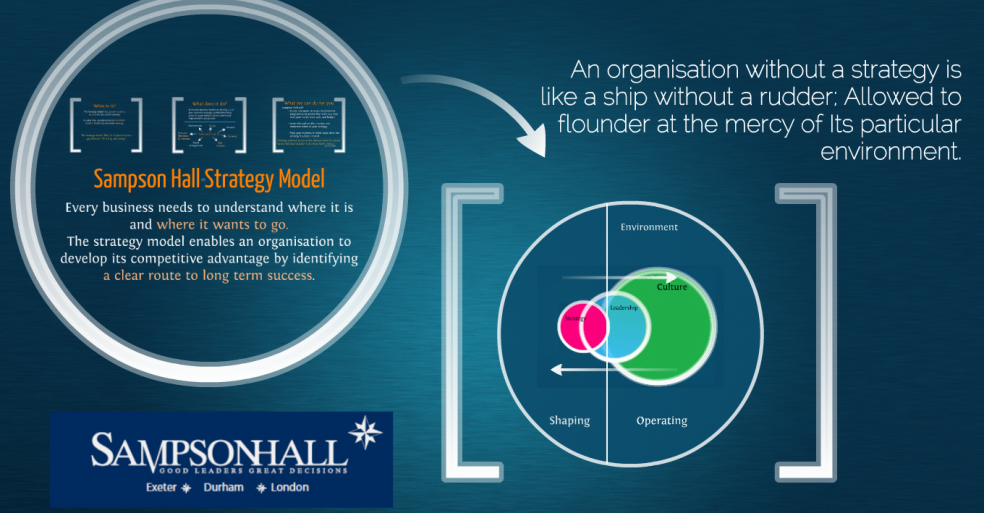
The Big Strategic Gap between "Think and Do" and "Do and Don't Think"
The biggest issue in new under resourced businesses is the large gap between “think and do” and that goes both ways to “do and don’t think” as well. People who spend their valuable time doing “don’t think” about their business, and people who think about their businesses, don’t have the time or resource to implement that thinking.
The problem is “I know what to do but I don’t know when I am going to do it” the most common cry in any young business and the biggest reason for them failing in the first three years. In any business there are things that have to be done, things that need to be done, things to do, things it would be good to do and things that don’t need to be done. The problem is that most people focus on the wrong things, whilst those that have to be done, are done, those that need to be done aren’t because we are doing things that don’t need to be done. How do we focus on the right things in the haze of our business environment?
In the Royal Marines a colour sergeant said to me “Sir, you are not clever enough to think of more than ten things, so just make sure they are the right ten things” extremely wise counsel that has held me in good stead ever since.
The solution is simple its called STRATEGY, by planning and identifying what all our issues are and where we want to get to, we can identify our big issues and focusing on the top ten of them as we develop disciplines and processes, that keep our businesses on track.
Strategy for me starts with identifying the purpose of the business, why does the business exist. Then the destination needs to be identified and shared. It is the head mark showing where the business needs to get to through the identification of a vision. The vision becomes reality through dividing it into missions, from which plans are drawn up, to achieve each mission milestone. Risks need to be identified and contingencies prepared for before the allocation of resources are considered, both in terms of the talent required and the priority of allocation.
Strategy has to be simple and effective and need not be an over complicated difficult and challenging process. Strategy needs to be empathic with a business and not prescriptive. It is a matter of the simpler the better but it also provides a guide to getting to where you want to be and not a fixed route to the destination. To be effective strategy has to adapt to circumstances and the environment in an organic way. It is far more like a sat nav than it is a printed route map description to a destination.
To discover more about how Phil Sampson can help businesses with their strategic development contact him on phil@sampsonhall.co.uk or to read more of his blogs visit http://sampsonhall.co.uk













